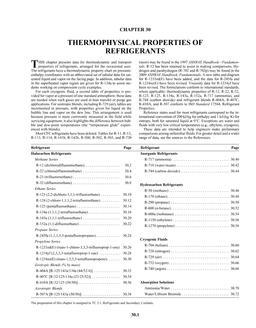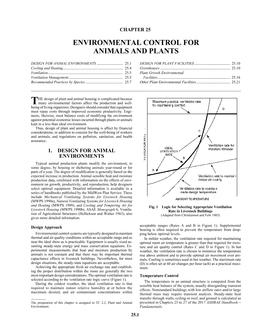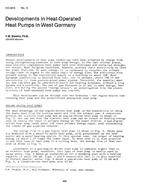Click here to purchase
Design teams often consider life cycle cost analysis (LCCA) important for both new and retrofit building construction projects but rarely implement it, often because they perceive it to be “not worth the effort.” Is an LCCA worth the effort? This paper can help you answer this question for yourself. It is important to know what the benefits are, and to be clear about what constitutes the effort. The paper demonstrates that, when used in place of a simple payback approach, an LCCA can lead to far more effective energy-efficiency recommendations. In addition, the paper provides an overview of how to do an LCCA, including non-conventional LCCA steps called “establishing the baseline” and “bundling measures.”
A simple payback underestimates the value of an energy-efficiency investment because it only accounts for annual energy cost savings and capital cost. It ignores other significant costs and benefits (rebates, maintenance savings, avoided immediate and future capital investments, etc.) as well as savings that accrue beyond the timeframe of the simple payback period. Because the inclusion of these additional cash flows can significantly alter the decision to include or exclude a particular measure, a simple payback metric is not ideal. In sharp contrast, a comprehensive LCCA gives decision-makers the full financial implications of various design decisions to make better decisions.
The most time intensive part of an LCCA is gathering the data inputs. The paper explains how to collect this data in the most efficient way. Also, the paper presents a case study of how RMI gathered this data for a small, retail building. The effort to collect data for this project is significant, but perhaps not as large as one would expect.
Citation: ASHRAE Conference Papers, Las Vegas, NV
Product Details
- Published:
- 2011
- Number of Pages:
- 8
- File Size:
- 1 file , 1.7 MB
- Product Code(s):
- D-LV-11-C067


